Finance Assignment Solution: Business Decisions and Analysis
VerifiedAdded on 2022/09/26
|6
|1328
|18
Homework Assignment
AI Summary
This finance assignment solution analyzes a hypothetical scenario involving the Woolworths Group, a major retail business. The solution addresses key financial decisions, including financing, expansion, and liquidity management. It contrasts the advantages and disadvantages of the company form of business structure. The assignment also explores potential agency issues that may arise when hiring managers and suggests methods to mitigate these risks. Furthermore, it covers crucial factors to consider before acquiring a business, such as cash flows, contracts, and technological upgrades. The solution includes calculations and recommendations based on net present value (NPV), risk assessment, and financial ratios, offering a comprehensive understanding of business operations and financial management principles. The assignment also covers topics like compounding, annuities, holding period return, and the Capital Asset Pricing Model (CAPM).
1 out of 6

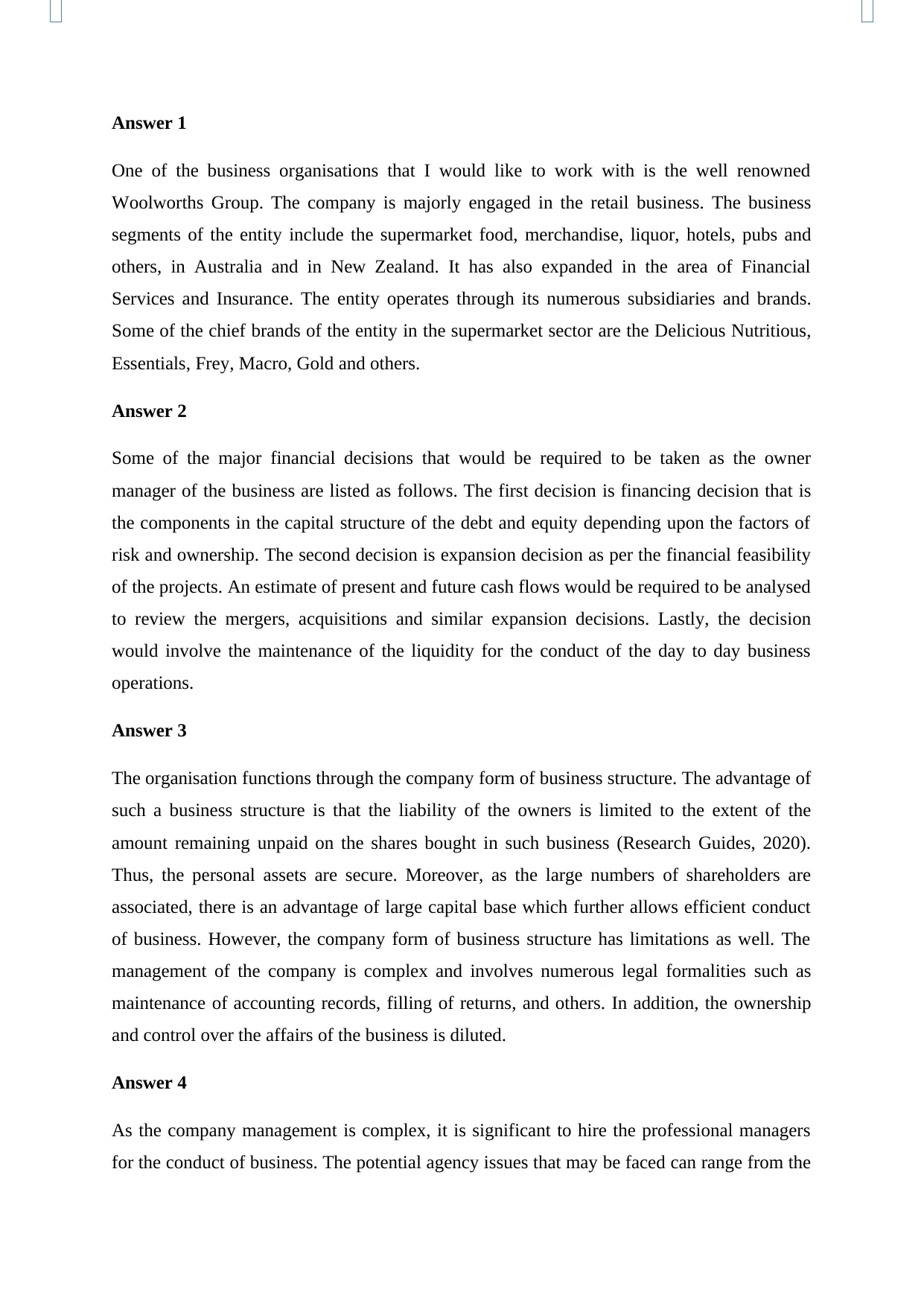
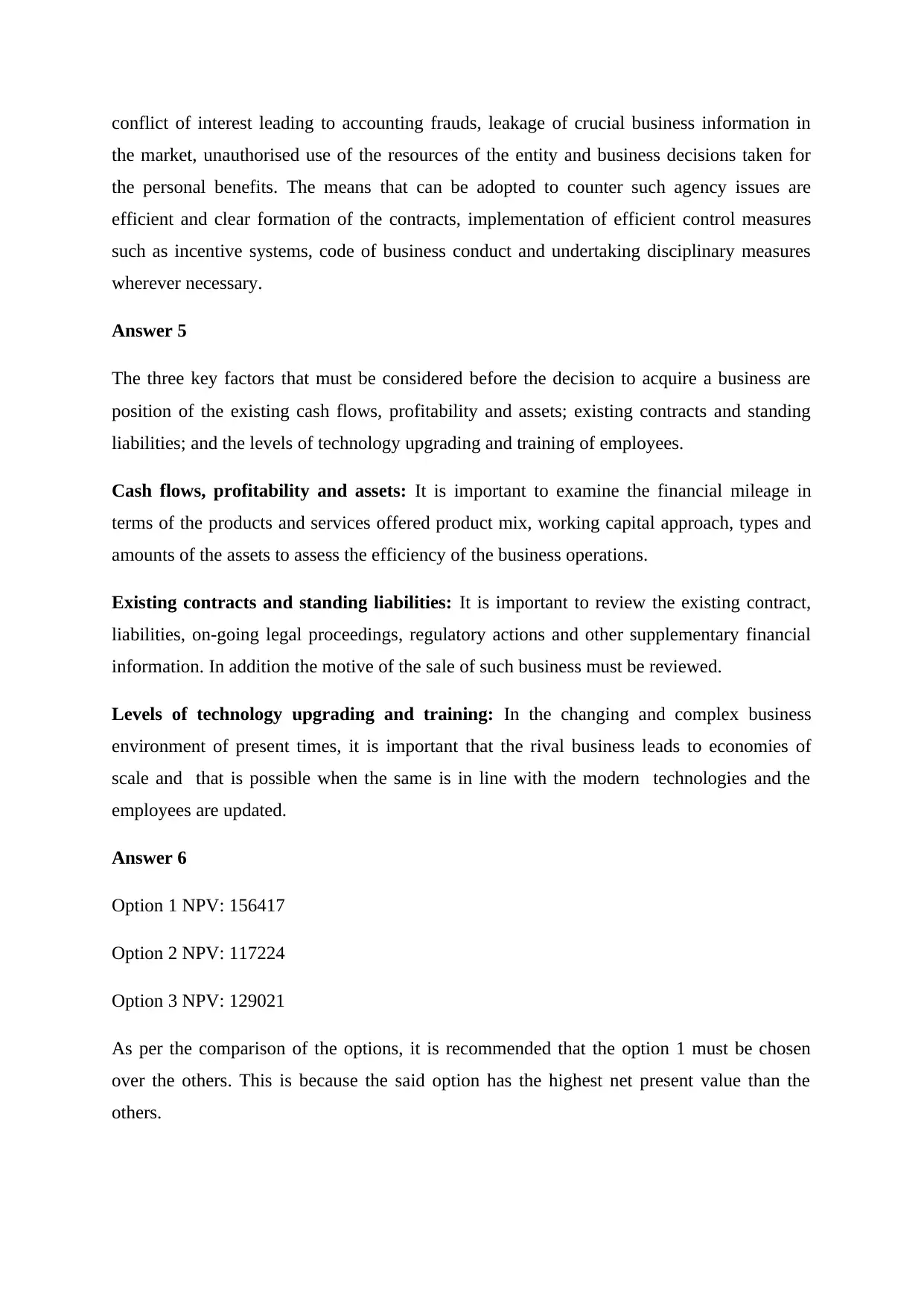
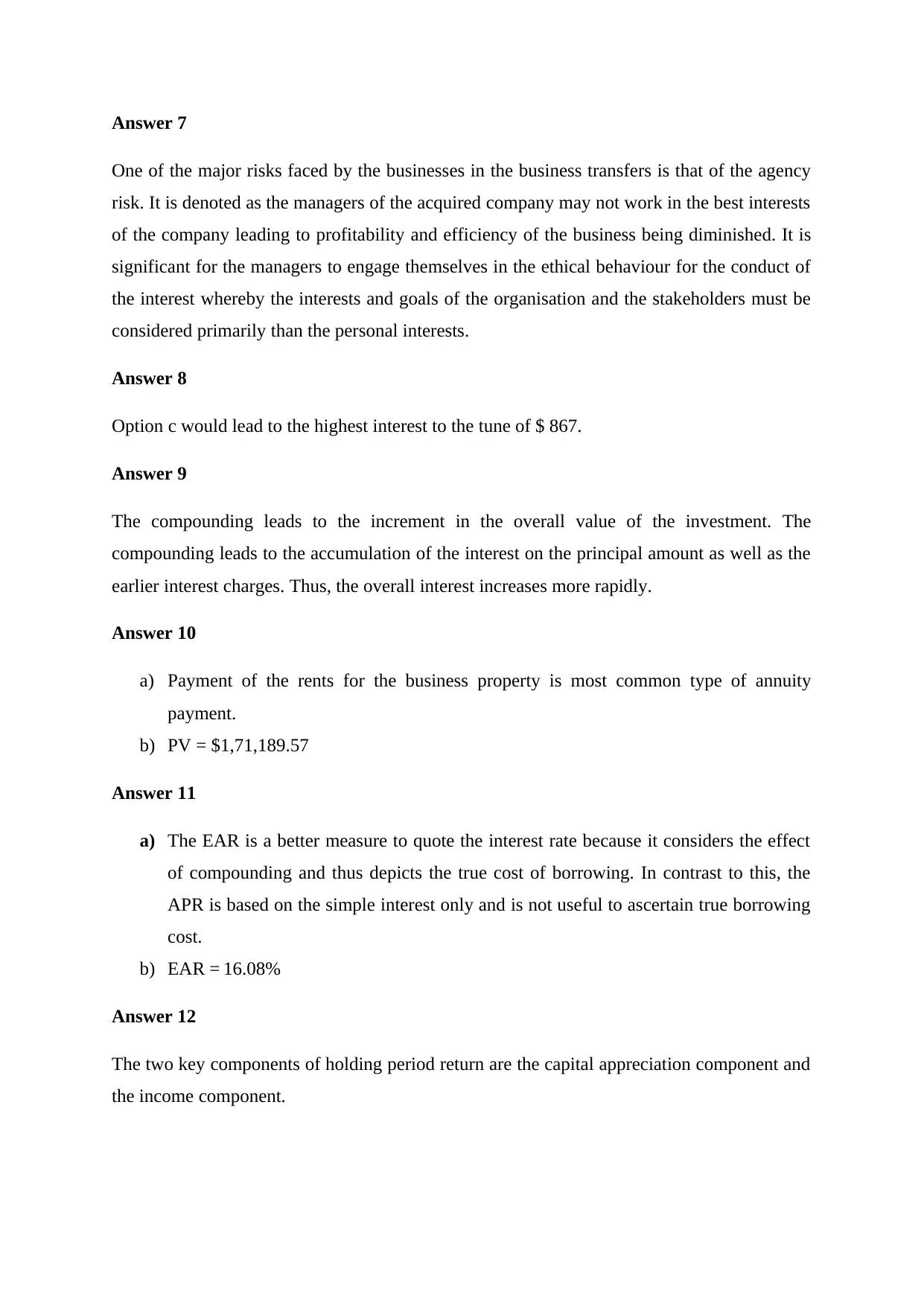
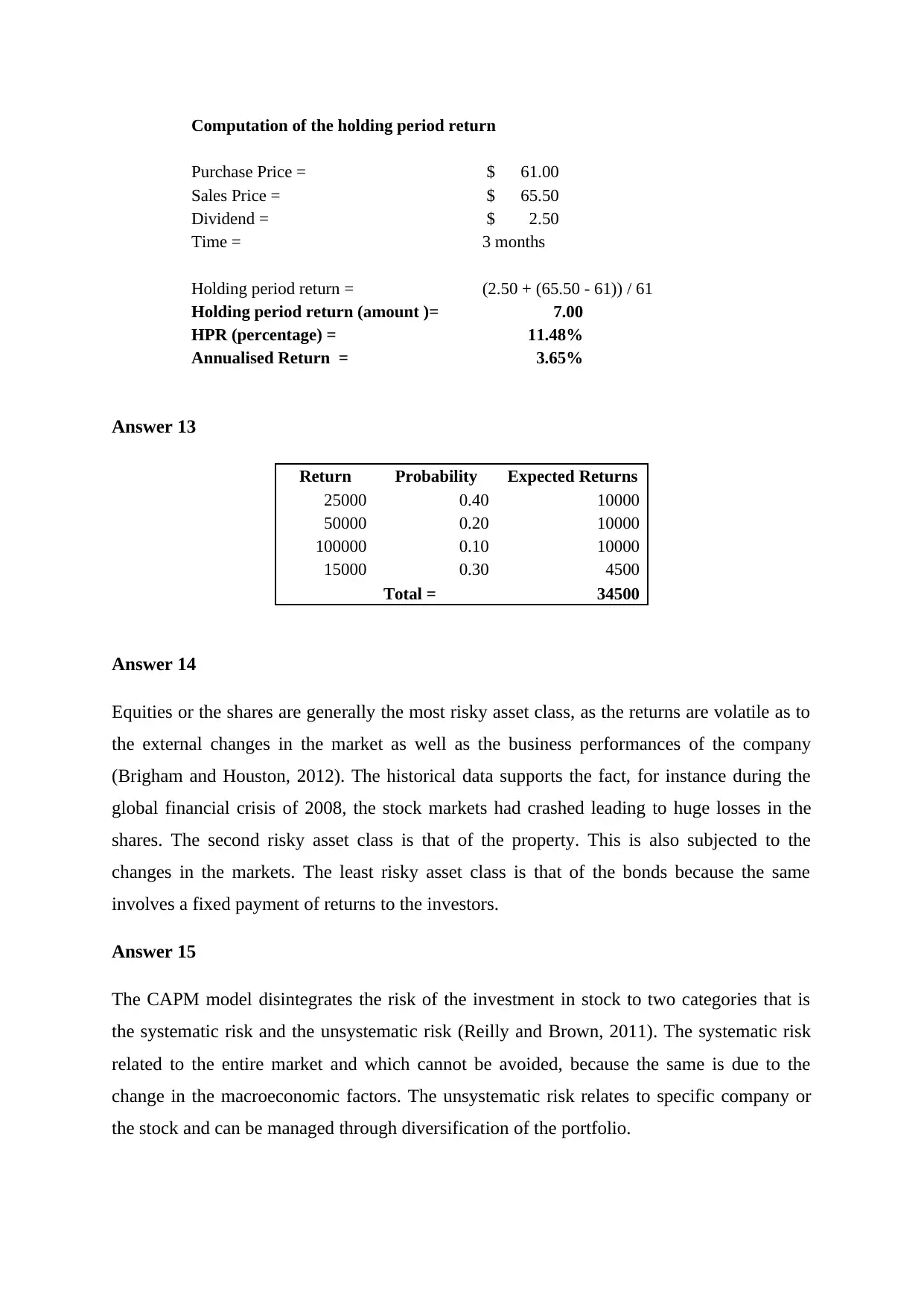
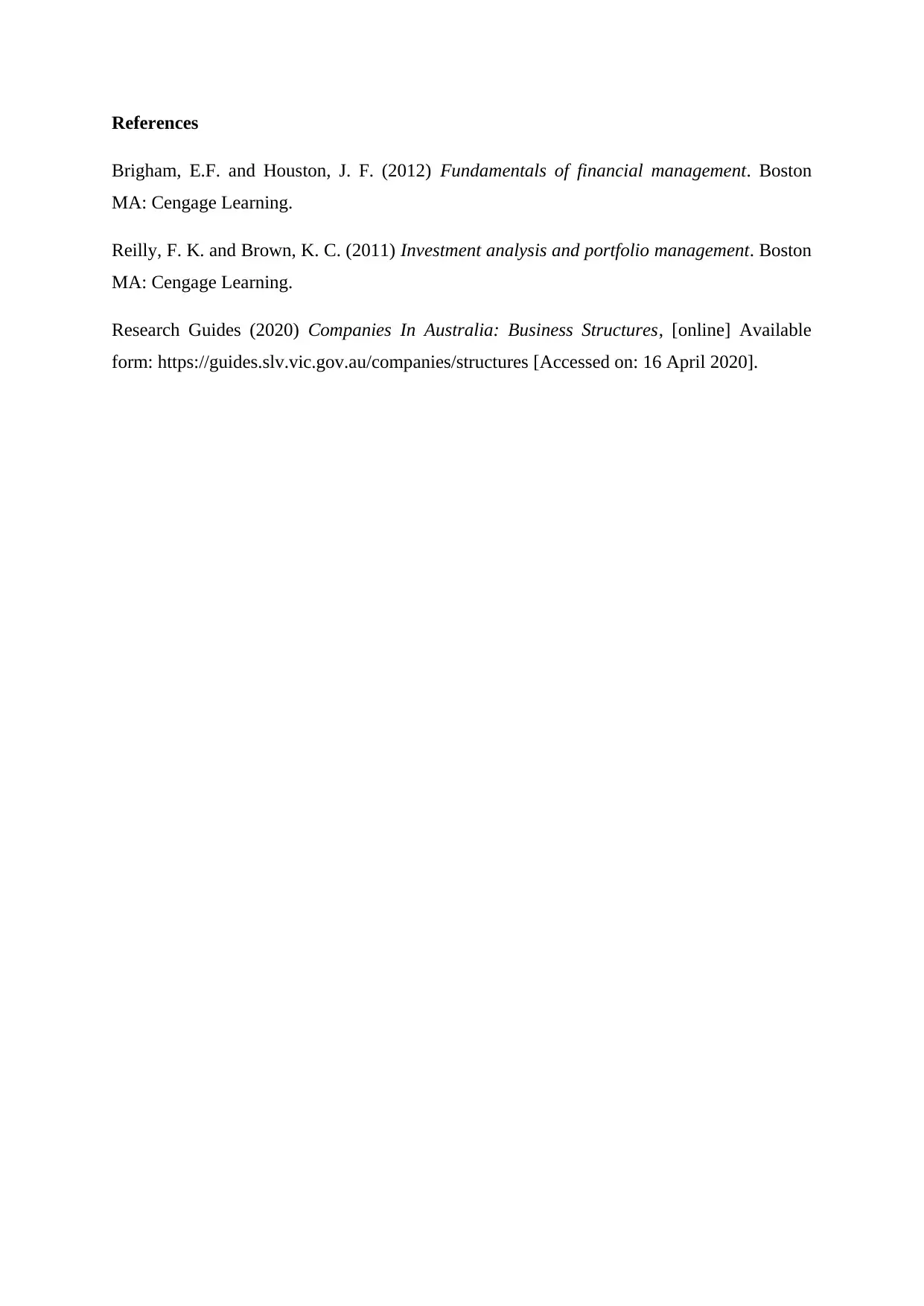






![[object Object]](/_next/static/media/star-bottom.7253800d.svg)